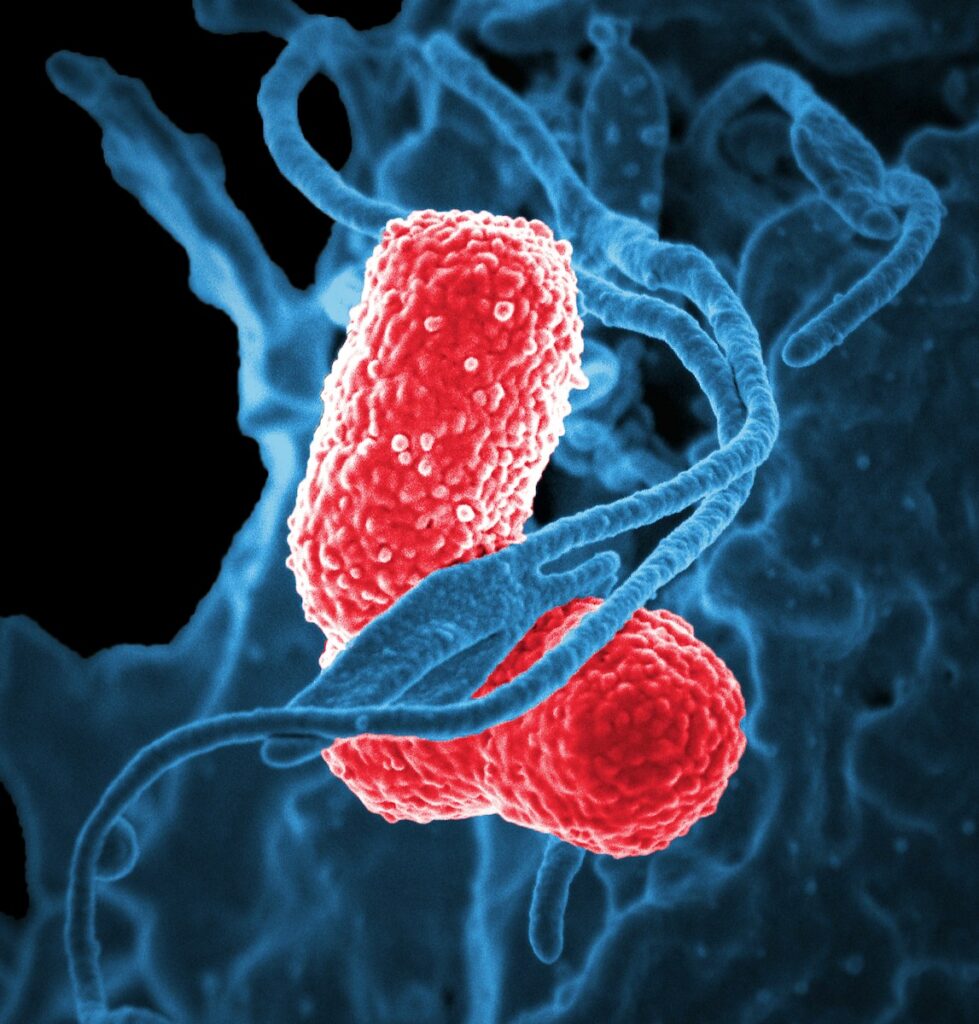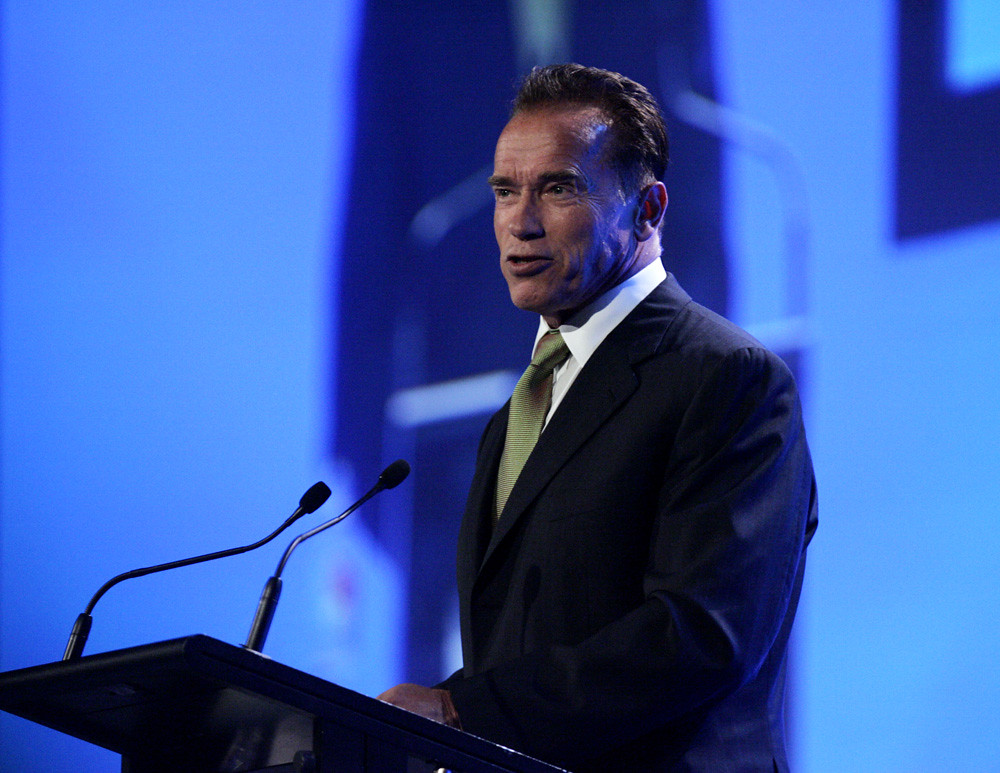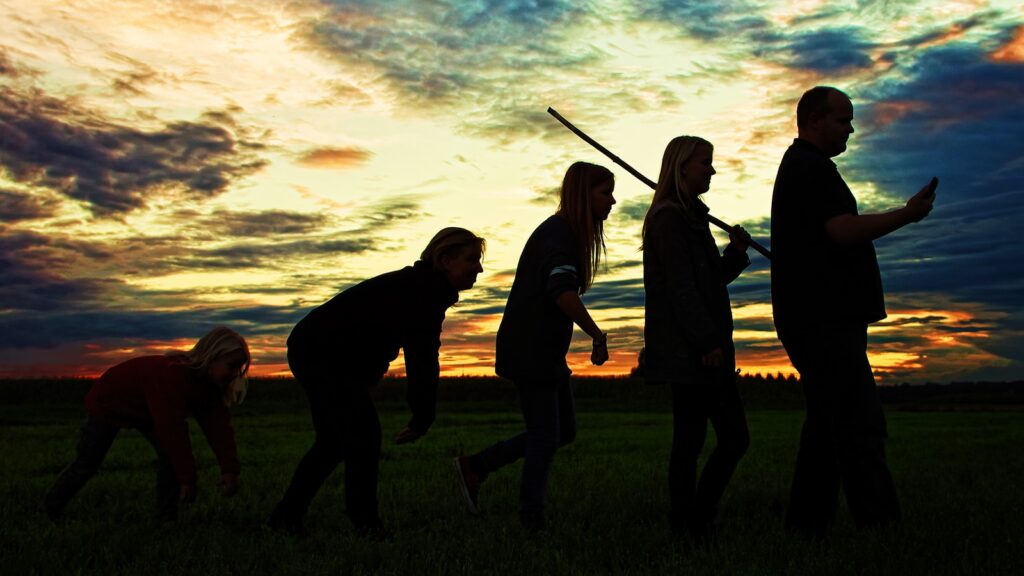
Alright, buckle up, science fanatics and curious minds! Today, we’re taking a deep dive into a topic that literally defines life as we know it, shaping everything from the smallest microbe to, well, us! Forget what you thought you knew about “evolution” from pop culture references or vague school memories. We’re talking about the *real* deal: the incredible, dynamic process that has sculpted every living thing on Earth over billions of years. It’s not just a dusty old textbook concept; it’s happening all around us, all the time, a constant, breathtaking dance of change and adaptation.
Ever wondered why you have brown eyes, or why some animals can camouflage perfectly in their environment? It all comes back to evolution! This isn’t just about species changing over vast periods; it’s about the tiny, intricate mechanisms happening at the genetic level, shifting and adapting across generations. We’re going to break down some seriously cool biological concepts in a way that makes sense, showing you how these fundamental principles are the master architects of biodiversity, guiding the grand narrative of life from its earliest beginnings right up to this very moment.
So, get ready to have your mind expanded as we journey through the foundational pillars of biological evolution. We’ll start with the basics, explore the brilliant minds who first pieced together this puzzle, peek into the microscopic world of DNA, and then uncover the incredible ways life generates the raw material for change. This isn’t just science; it’s the epic saga of existence, and you’re about to get the inside scoop on how it all works. Let’s get started!
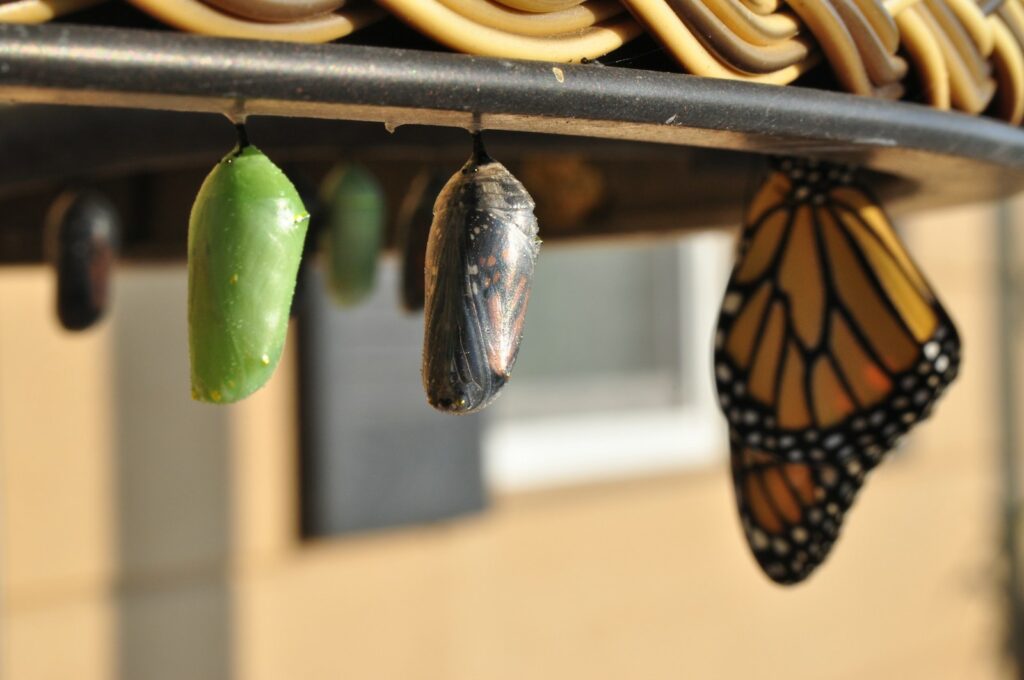
1. **What Even *Is* Evolution? The Core Concept**Let’s kick things off with the absolute basics. When we talk about evolution in biology, we’re not just throwing around a fancy term; we’re referring to something very specific: “the change in the heritable characteristics of biological populations over successive generations.” Yep, it’s all about those traits that can be passed down, shifting and transforming through the ages. Think of it like a massive, ongoing relay race where the baton isn’t just passed, but subtly reshaped with each handoff.
This fundamental process occurs because of some pretty powerful evolutionary mechanisms, primarily natural selection and genetic drift. These forces are constantly at play, acting on the genetic variation already present within a population. What does that mean for you and me? It means certain characteristics become more common, while others fade away, all happening generation after generation. It’s a dynamic, ever-changing picture, not a static one.
The result of this continuous process? The astonishing biodiversity we see at every single level of biological organization. From the tiniest bacteria to the towering redwood trees, and yes, to complex creatures like humans, every form of life is a product of this ceaseless evolutionary journey. It’s what makes every species unique and perfectly (or imperfectly!) suited to its own little corner of the world.
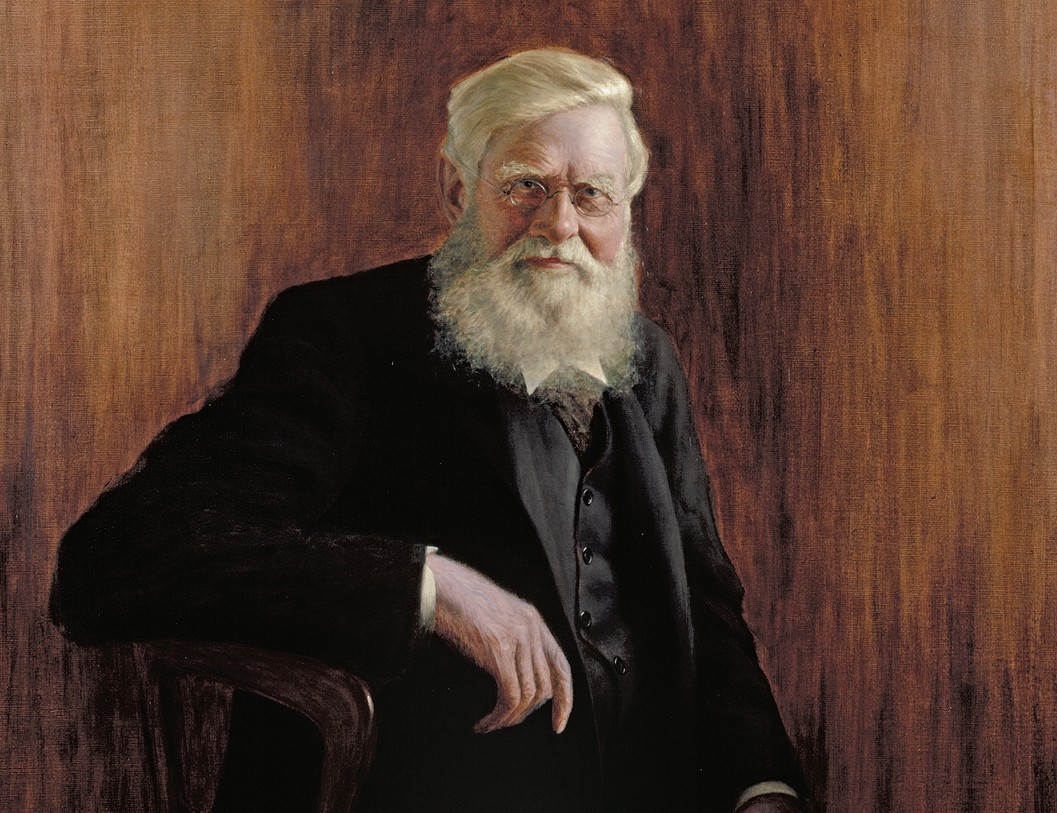
2. **The OG Thinkers: Darwin, Wallace, and the Genesis of Natural Selection**Now, who first cracked the code on this whole evolution thing? Meet the dynamic duo of the mid-19th century: Charles Darwin and Alfred Russel Wallace. These two British naturalists independently conceived the scientific theory of evolution by natural selection. Imagine putting together one of the most profound scientific explanations for life on Earth without Google! That’s exactly what they did, offering a brilliant explanation for why organisms are so perfectly “adapted to their physical and biological environments.”
Darwin, being the prolific writer he was, first laid out this theory in exquisite detail in his groundbreaking book, “On the Origin of Species.” It was a mic drop moment in scientific history! He didn’t just guess; he presented a robust framework “established by observable facts about living organisms.” These facts are pretty straightforward when you think about them.
So, what were these mind-blowing observations that form the bedrock of evolution by natural selection? First, organisms often produce “more offspring…than can possibly survive.” Talk about a tough world out there! Second, “traits vary among individuals with respect to their morphology, physiology, and behaviour.” Just look around, everyone’s a little different! Third, these “different traits confer different rates of survival and reproduction (differential fitness).” Some traits just give you a leg up. And finally, and crucially, “traits can be passed from generation to generation (heritability of fitness).” This means those advantageous traits stick around. It’s a beautifully logical system, really.
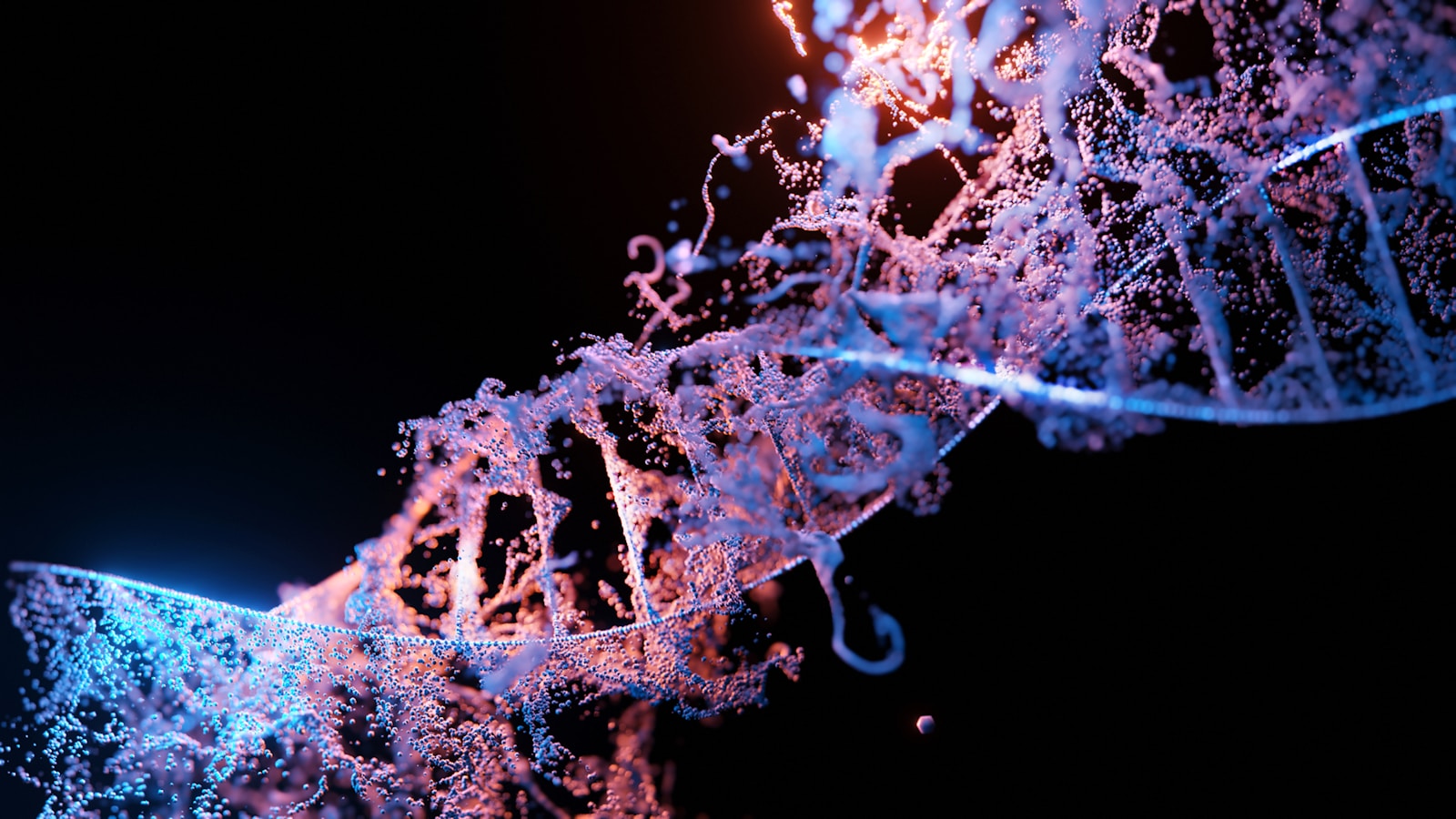
3. **The DNA Lowdown: How Heredity Really Works**Okay, so we know traits get passed down, but *how* exactly? Enter DNA, the superstar molecule that’s basically the instruction manual for all life! “Evolution in organisms occurs through changes in heritable characteristics—the inherited characteristics of an organism.” Think about it: your eye color, hair texture, even certain predispositions are all inherited. In humans, for instance, you might inherit the “brown-eye trait” from a parent, all thanks to these amazing genetic blueprints.
These inherited traits are tightly “controlled by genes,” which are specific segments of that incredible DNA molecule. The entire “complete set of genes within an organism’s genome (genetic material) is called its genotype.” It’s like the master code stored within every single one of your cells. This genotype dictates the potential, the raw material from which an organism develops.
But here’s where it gets even cooler: while your “genotype” is your internal genetic makeup, your “phenotype” is the complete set of observable traits – everything from your physical structure to your behavior. Some of these observable traits, like a suntan, come from the interaction of your genotype with the environment. You might have the “ability of the skin to tan when exposed to sunlight,” but the tan itself isn’t inherited. However, the *ease* with which you tan can be genetic, like in individuals with albinism who don’t tan at all and are super sensitive to sunburn. It’s a complex interplay between your genes and the world around you.
The magic really happens because “heritable characteristics are passed from one generation to the next via DNA, a molecule that encodes genetic information.” This isn’t some abstract concept; it’s a “long biopolymer composed of four types of bases.” The specific sequence of these bases along a DNA molecule is what “specifies the genetic information, in a manner similar to a sequence of letters spelling out a sentence.” Before a cell divides, this DNA gets “copied” with incredible precision, ensuring each new cell inherits the exact same sequence. It’s truly a marvel of biological engineering!
Within this incredible DNA structure, “portions of a DNA molecule that specify a single functional unit are called genes.” Different genes have different sequences, naturally. And “within cells, each long strand of DNA is called a chromosome.” If you’re wondering about specific locations, “the specific location of a DNA sequence within a chromosome is known as a locus.” And if there’s variation at that spot between individuals, those different forms are called “alleles.” It’s like different versions of the same genetic instruction, leading to all the wonderful diversity we see!
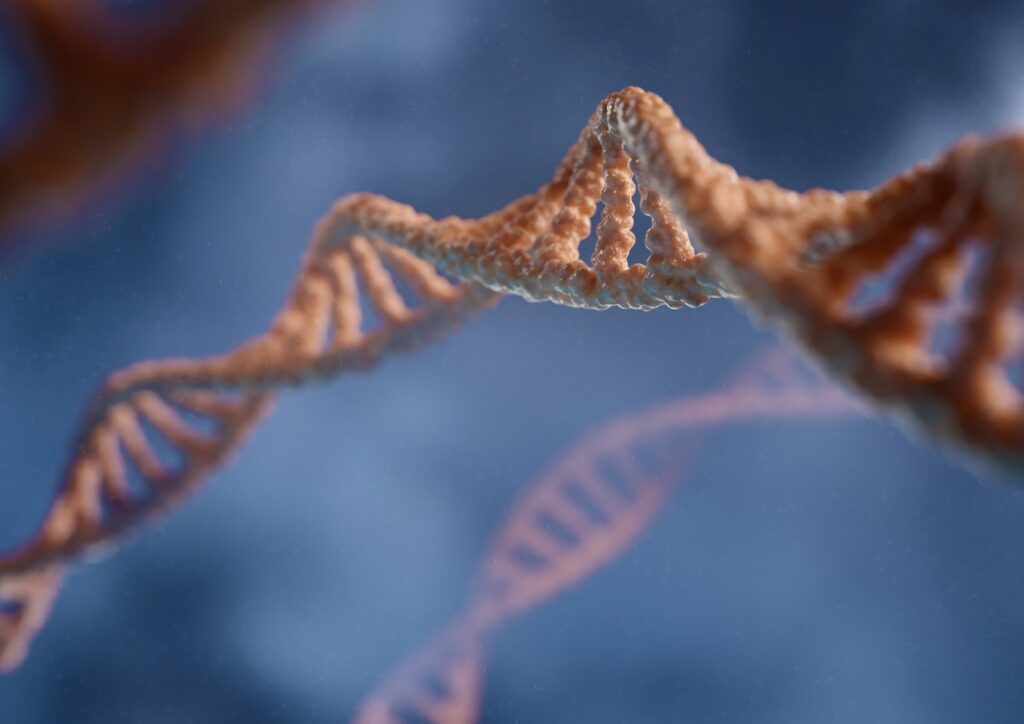
4. **When DNA Gets Quirky: The Scoop on Mutations**Alright, so DNA is the blueprint, but what happens when the blueprint gets a little… tweaked? That’s where mutations come in! “Mutations are changes in the DNA sequence of a cell’s genome and are the ultimate source of genetic variation in all organisms.” Think of them as tiny typos or accidental edits in the genetic code. Without these “changes,” there would be no new raw material for evolution to work with. They’re the creative chaos that keeps things interesting!
When these mutations happen, they can have a few different outcomes. Sometimes, they “may alter the product of a gene,” changing what it does. Other times, they “prevent the gene from functioning” altogether. And sometimes, perhaps surprisingly often, they “have no effect” at all, being completely neutral. It’s like a random number generator for genetic outcomes.
It’s fascinating to note that “about half of the mutations in the coding regions of protein-coding genes are deleterious” – meaning they’re harmful. The other half are usually “neutral.” But here’s the exciting part: “A small percentage of the total mutations in this region confer a fitness benefit.” These beneficial mutations are the golden tickets, providing an advantage that can then be acted upon by natural selection. Even in other parts of the genome, while many mutations are neutral, a few can still be beneficial.
Mutations aren’t always tiny, either. Sometimes, “large sections of a chromosome becoming duplicated” can occur, often through genetic recombination. This can introduce “extra copies of a gene into a genome.” And guess what? These “extra copies of genes are a major source of the raw material needed for new genes to evolve.” It’s like having a spare part that you can then tinker with to invent something completely new! For example, our human eye uses four genes for light sensing, all descended from a single ancestral gene. Pretty cool, right?
The process gets even more inventive: “New genes can be generated from an ancestral gene when a duplicate copy mutates and acquires a new function.” This is easier because the system already has “redundancy”; one copy can keep doing its original job while the other experiments with a new role. Plus, totally “new genes from previously noncoding DNA” can be born, a phenomenon called “de novo gene birth.” Evolution is clearly a master innovator, constantly remixing and creating.
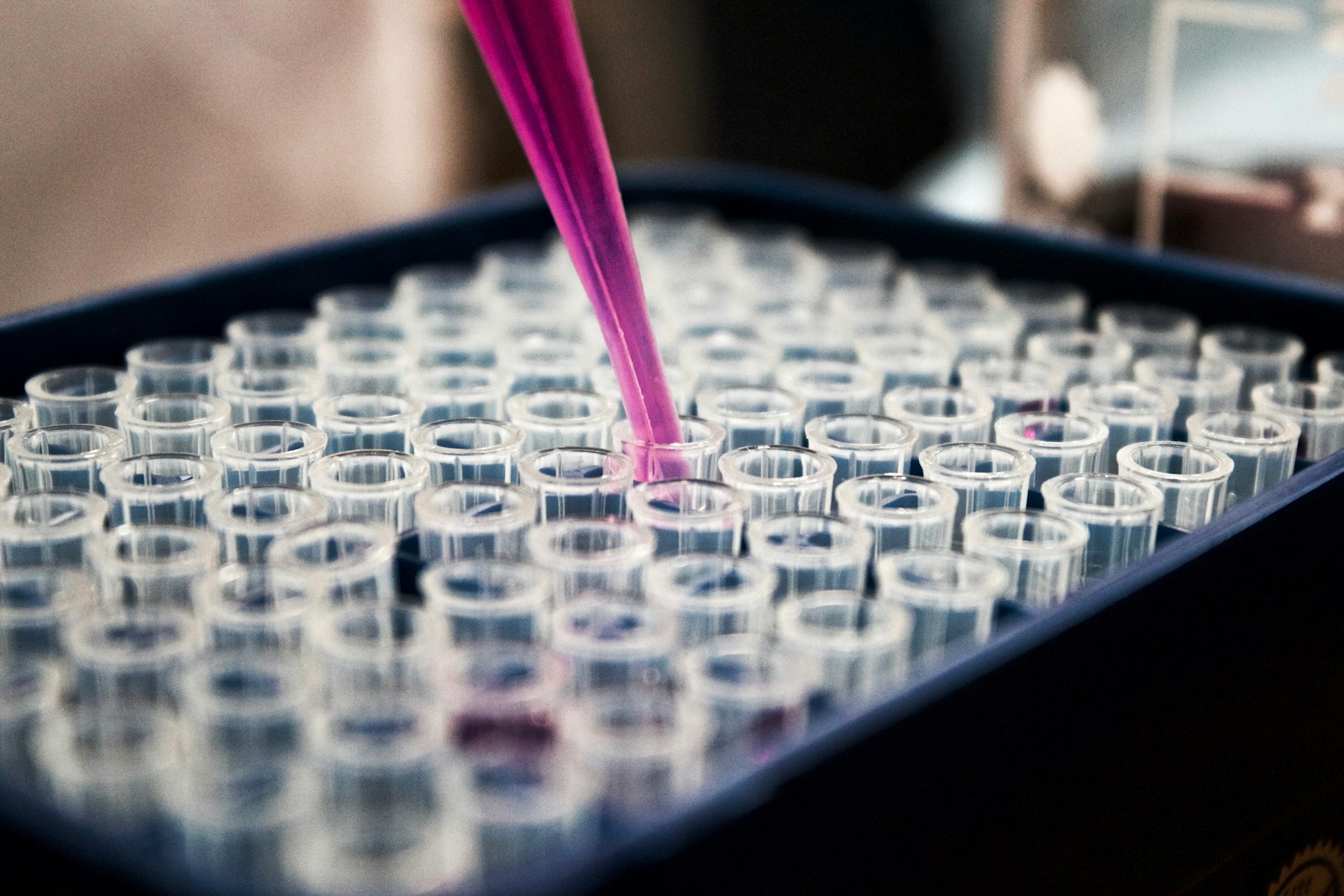
5. **Spice It Up! How Sex and Recombination Boost Variation**If mutations are the typos, then sex and recombination are like the ultimate genetic remix machines, constantly shuffling the deck to create new combinations! In organisms that reproduce asexually, like some bacteria, “genes are inherited together, or linked, as they cannot mix with genes of other organisms during reproduction.” It’s a straightforward copy-paste job.
But for us sexual organisms (and most eukaryotes and multicellular life forms), things get way more exciting! Our “offspring… contain random mixtures of their parents’ chromosomes that are produced through independent assortment.” It’s like getting a totally unique playlist of genes from each parent. Even better, in a process called “homologous recombination, sexual organisms exchange DNA between two matching chromosomes.” Imagine your chromosomes doing a little dance and swapping parts – that’s essentially what happens!
What’s the big takeaway from all this genetic mingling? While “recombination and reassortment do not alter allele frequencies” (they don’t change how often a specific gene version appears), they *do* “change which alleles are associated with each other, producing offspring with new combinations of alleles.” This constant shuffling is key because “sex usually increases genetic variation and may increase the rate of evolution.” More variety means more options for a population to adapt when things get tough.
However, sexual reproduction does come with its own set of fascinating quirks, like the “two-fold cost of sex” first described by John Maynard Smith. One cost is that in species with distinct sexes, only one can bear young. The other is that you only pass on 50% of your genes to each offspring. Despite these “costs,” sex is incredibly prevalent! Why? Well, hypotheses like the “Red Queen hypothesis” suggest it’s a never-ending arms race, enabling “continual evolution and adaptation in response to coevolution with other species in an ever-changing environment.” It’s like life saying, “You snooze, you lose!” when it comes to staying ahead in the evolutionary game.
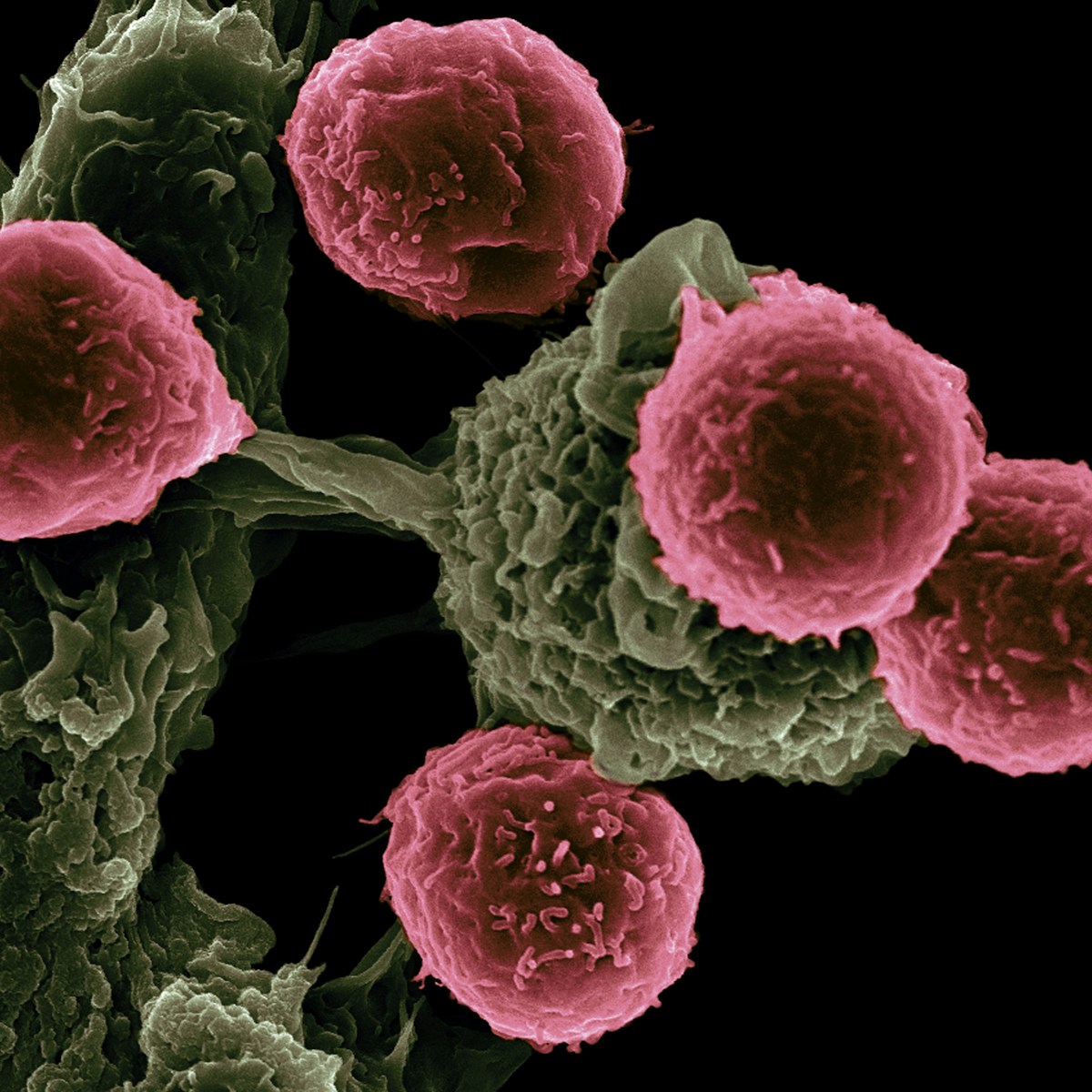
6. **Trading Genes: The Buzz About Gene Flow**Beyond mutations and the thrilling dance of sexual reproduction, there’s another cool way genetic variation gets spread around: gene flow! Imagine different populations of the same species living in separate areas, maybe mice on the coast versus mice inland. “Gene flow is the exchange of genes between populations and between species.” It’s like a genetic courier service, delivering fresh new alleles to different groups.
This exchange is a major source of variation, bringing “variation that is new to a population or to a species.” It can happen when individuals physically move between “separate populations of organisms.” For instance, pollen carried by the wind between “heavy-metal-tolerant and heavy-metal-sensitive populations of grasses” counts as gene flow, spreading those resistance genes around. It’s a natural form of genetic migration!
But gene flow isn’t just about movement within a species; it also includes “gene transfer between species.” This is where things get really wild! We’re talking about the formation of “hybrid organisms” (think of a mule, though that’s an extreme example) and even “horizontal gene transfer.” That’s when genetic material gets transferred from one organism to another that isn’t its offspring. It’s most common among bacteria and has some serious real-world implications.
In medicine, for example, horizontal gene transfer “contributes to the spread of antibiotic resistance.” If one bacterium picks up resistance genes, it can ” rapidly transfer them to other species,” making our fight against superbugs much harder. And get this: “Horizontal transfer of genes from bacteria to eukaryotes” (that’s us!) has also occurred, impacting species like yeast and weevils. Even more mind-bending, viruses can act as tiny genetic shuttles, “carrying DNA between organisms, allowing transfer of genes even across biological domains.” It’s like the ultimate biological file-sharing network, constantly reshaping the genetic landscape!
Alright, so Section 1 got us all hyped up on the amazing foundational concepts of evolution and how life keeps remixing its genetic playlist. But what about the *forces* that really push and pull those genetic changes, shaping populations in mind-blowing ways? That’s exactly where we’re headed next! We’re talking about the powerful, sometimes random, sometimes subtle drivers that take all that genetic variation we just learned about and turn it into the incredible, diverse world we see.
Get ready to dive deeper into the nitty-gritty of how evolution *actually* happens, exploring everything from the obvious hand of natural selection to the secret agents of change like epigenetics and mutation bias. This is where the plot thickens, and you’ll see just how many different ways life finds to adapt, survive, and thrive. Let’s uncover the diverse evolutionary forces that are constantly at play, designing the future of every living thing!

7. **Epigenetics: Beyond the DNA Sequence**You know how DNA is like the ultimate instruction manual for life? Well, sometimes it’s not about changing the words in the manual, but rather *how* those instructions are read and interpreted. That’s where epigenetics steps in, bringing a whole new layer to heredity! We’re talking about “heritable changes that cannot be explained by changes to the sequence of nucleotides in the DNA” itself. It’s like the little sticky notes and highlights on the manual that tell your cells which parts to pay attention to, and these notes can actually be passed down!
These cool phenomena are neatly classified as “epigenetic inheritance systems.” Think of them as sophisticated control switches that don’t alter the genetic code but influence its expression. The context mentions some seriously brainy examples like “DNA methylation marking chromatin,” which is like tiny chemical tags on your DNA, or “self-sustaining metabolic loops,” which are biological feedback systems. Then there’s “gene silencing by RNA interference” and even the “three-dimensional conformation of proteins (such as prions),” which can also carry heritable information. It’s a whole world of cellular memory!
Developmental biologists are all over this, suggesting that “complex interactions in genetic networks and communication among cells can lead to heritable variations” that underpin things like how flexible an organism’s development is (developmental plasticity) and how stable its traits are (canalisation). But wait, there’s more! Heritability can happen on even grander scales, like “ecological inheritance through the process of niche construction,” where organisms actually modify their environment, creating a legacy that affects future generations’ selection pressures. And let’s not forget the inheritance of “cultural traits and symbiogenesis” – yep, evolution is getting a lot more interesting than just straight-up gene changes!
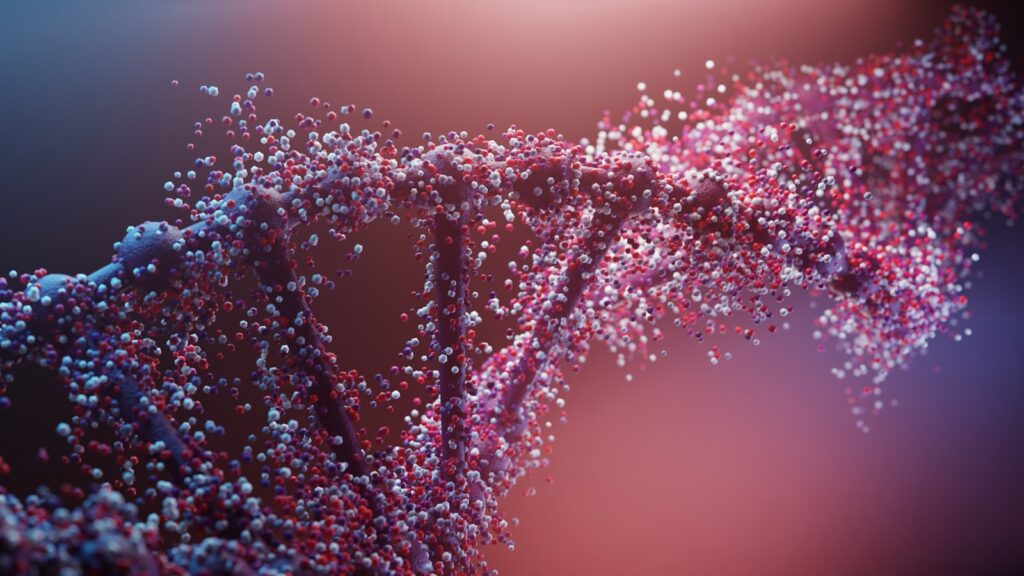
8. **Natural Selection: Nature’s Master Sculptor**Okay, if evolution had a superstar, it would definitely be natural selection! This is the OG force, the process by which those amazing “traits that enhance survival and reproduction become more common in successive generations of a population.” It’s basically nature’s way of picking the MVPs for the next generation, ensuring that the best-adapted individuals pass on their winning characteristics.
Remember those four foundational principles from Darwin? They’re the bedrock here: first, there’s “variation within populations of organisms” in every trait imaginable. Second, these “different traits confer different rates of survival and reproduction (differential fitness).” Third, these advantageous “traits can be passed from generation to generation (heritability of fitness).” And finally, the big kicker, “more offspring are produced than can possibly survive,” leading to intense “competition between organisms for survival and reproduction.” It’s a tough world out there, so only those with the winning tickets get to play again!
This whole process results in what scientists call “teleonomy”—the awesome quality where natural selection sculpts and preserves traits that look like they were perfectly designed for their jobs. We’re talking about an organism’s “evolutionary fitness,” which isn’t just about cranking out tons of babies. Nope, fitness is measured by “an organism’s ability to survive and reproduce, which determines the size of its genetic contribution to the next generation.” So, it’s about making sure your genes actually *make it* into future generations, not just how many initial offspring you produce. It’s all about leaving a lasting genetic legacy!
So, if an allele (a specific version of a gene) helps an organism survive and reproduce better, it’s “selected for,” meaning it has a higher chance of becoming super common in the population. Think about traits like “enhanced survival and increased fecundity” – total game-changers! On the flip side, if an allele is less beneficial or even harmful, it’s “selected against” and likely becomes rarer. But here’s the kicker: the “fitness of an allele is not a fixed characteristic”; environments change, and suddenly, yesterday’s neutral or harmful trait might become today’s hot new adaptation!
Natural selection doesn’t just work in one direction; it’s got a few moves up its sleeve. You’ve got “directional selection,” which is like a gradual trend, making organisms slowly get taller or faster over time. Then there’s “disruptive selection,” which favors the extremes – imagine if only super tall or super short individuals thrived, but not the medium ones. And finally, “stabilising selection” tightens things up, selecting against those extreme traits on both ends, leading to less diversity and a more uniform average height, for example. Plus, natural selection can even act at different levels, from genes and cells to entire species, like those speedy “transposons” (genes that can jump around your genome) proving that selection is truly everywhere!
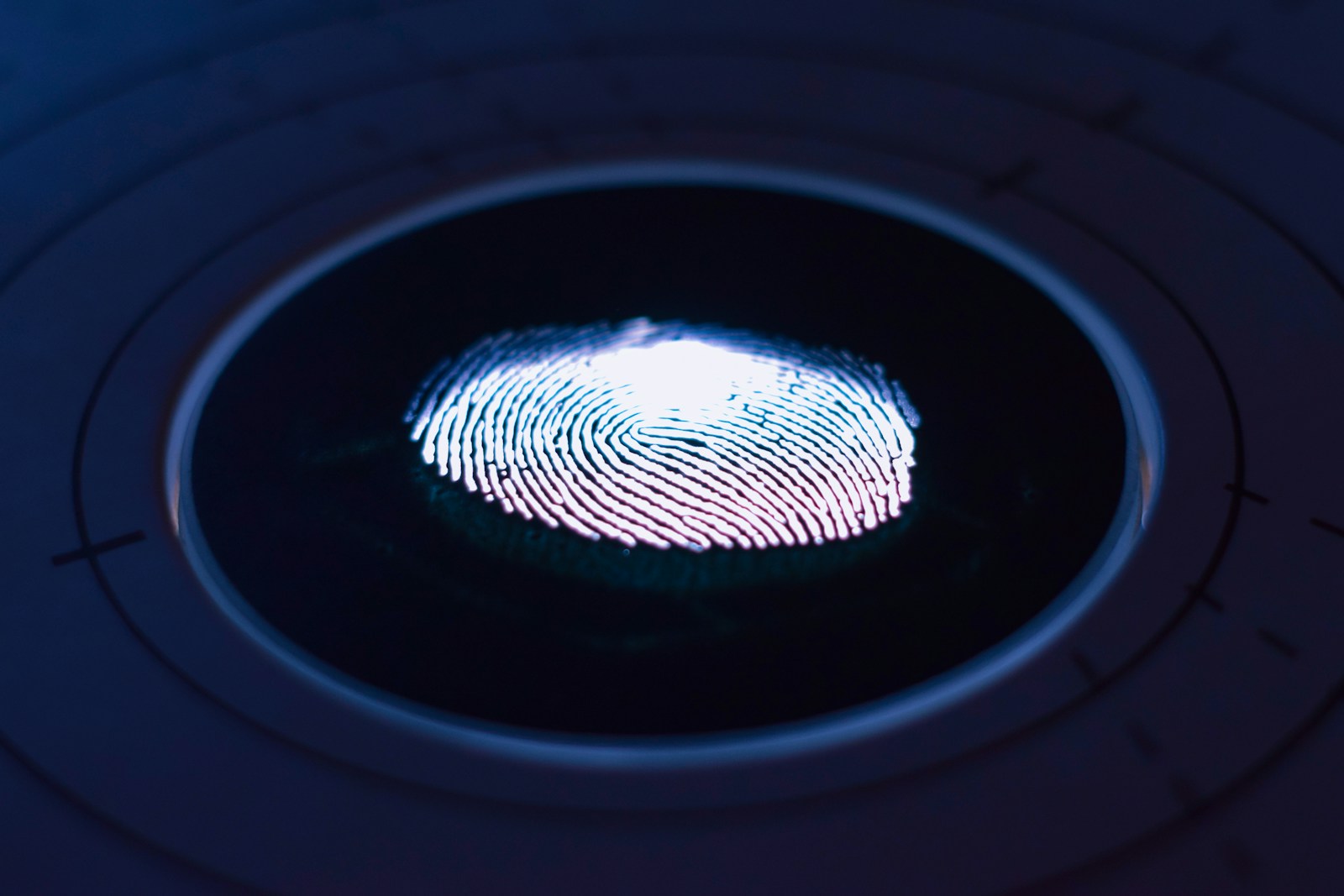
9. **Genetic Drift: The Random Walk of Evolution**Ever feel like life is just a roll of the dice sometimes? Well, in evolution, there’s a force that’s all about pure, unadulterated chance: genetic drift! We’re talking about the “random fluctuation of allele frequencies within a population from one generation to the next.” It’s not about who’s strongest or fastest; it’s simply about who gets lucky in the genetic lottery, especially when “selective forces are absent or relatively weak.” Alleles can drift up or down in frequency just because of “sampling error” in how genes get passed on. Eventually, an allele either disappears or takes over completely—it becomes “fixed.”
This random process has some serious consequences. Genetic drift can totally “eliminate some alleles from a population due to chance alone.” Imagine a small group of animals; if just a few individuals with a rare allele don’t reproduce (simply by bad luck, not because they’re ‘unfit’), that allele might vanish from the population forever! It’s also why “two separate populations that begin with the same genetic structure” can end up looking completely different over time, just by drifting apart randomly. Talk about a plot twist!
Speaking of randomness, the “neutral theory of molecular evolution” suggests that “most evolutionary changes are the result of the fixation of neutral mutations by genetic drift.” Basically, a lot of the genetic changes we see aren’t necessarily ‘better’; they just happened to spread by chance. A more updated and “better-supported version” is the “nearly neutral theory,” which points out that a mutation that’s chill (neutral) in a tiny population might actually *not* be neutral in a big one. And don’t forget other forces like “genetic hitchhiking” (aka “genetic draft”) and the wild concept of “constructive neutral evolution (CNE),” where complex systems can emerge through neutral transitions!
So, how fast does this random genetic ride happen? Well, the “time it takes a neutral allele to become fixed by genetic drift depends on population size”; smaller populations see changes way faster. But it’s not just about the raw headcount; it’s about the “effective population size,” which considers things like “inbreeding and the stage of the lifecycle in which the population is the smallest.” This number is usually smaller than the total population, making drift more potent. Scientists are still fiercely debating “the comparative importance of adaptive and non-adaptive forces in driving evolutionary change” – because figuring out if something happened by design or by chance is a seriously big deal!

10. **Mutation Bias: The Subtle Direction of Change**We’ve talked about mutations as the ultimate source of variation, but what if those “typos” in the genetic code aren’t totally random? Enter mutation bias, which is all about a “difference in expected rates for two different kinds of mutation,” like whether a C is more likely to change to a T than to a G. It’s like certain types of genetic mistakes are just *more probable* than others, which is fascinating! Historically, big names like J. B. S. Haldane and Ronald Fisher thought mutation was a weak sauce compared to selection, only mattering under super specific conditions.
But then the “molecular era” burst onto the scene, bringing a fresh look at “neutral evolution.” Suddenly, thinkers like Noboru Sueoka and Ernst Freese started wondering if “systematic biases in mutation” could explain those systematic differences in “genomic GC composition between species” (that’s the proportion of Guanine and Cytosine bases in DNA, for the uninitiated). When a “GC-biased E. coli mutator strain” was discovered in ’67, it really cemented the idea that mutation biases could totally explain molecular patterns, and now it’s a hot topic in molecular evolution.
Mutation biases aren’t just a quirky side note; they’re frequently woven into big ideas, like “models of codon usage,” which help us understand how genes are translated into proteins. These models usually include selection too, fitting into a cool framework called the “mutation-selection-drift model.” Mutation bias also plays a major role in theories about “the evolution of genome composition,” including those mysterious “isochores,” and how “different insertion vs. deletion biases in different taxa can lead to the evolution of different genome sizes.” Who knew a little bias could have such a huge impact on something as fundamental as genome size?
However, the plot thickens! The idea of mutation biases explaining *everything* got a bit of a reality check when scientists discovered that “GC-biased gene conversion makes an important contribution to composition in diploid organisms” (like us mammals!) and that “bacterial genomes frequently have AT-biased mutation” (the opposite!). So, contemporary thinking isn’t just about raw ‘pressure’ from mutations. It’s more nuanced: if evolution relies on *new* mutations, then biases in how those new variations *arrive* can totally influence evolution, even without needing neutral evolution or super high mutation rates. It’s a subtle dance, but these biases are definitely leading some of the evolutionary moves!
11. **Genetic Hitchhiking & Linkage: When Genes Tag Along**Imagine you’re at a party, and your super popular friend gets invited to an exclusive VIP section. Chances are, if you’re standing right next to them, you might get pulled in too, even if you weren’t on the list! That’s kind of how genetic hitchhiking works in the wild world of evolution. Because “recombination allows alleles on the same strand of DNA to become separated” at a relatively low rate, genes that are physically “close together on a chromosome may not always be shuffled away from each other” and tend to be “inherited together.” This genetic buddy system is called “linkage.”
We measure this tendency with something called “linkage disequilibrium,” which tells us how often two alleles are found together on the same chromosome more than we’d expect by chance. And when a group of these linked alleles gets passed down together, we call it a “haplotype.” This all becomes super important when one allele in that haplotype turns out to be incredibly beneficial for survival or reproduction.
Here’s where the magic, or rather, the hitchhiking, happens: if that one beneficial allele is so good that natural selection starts to rapidly increase its frequency in the population (a “selective sweep”), it will also “cause the other alleles in the haplotype to become more common.” They just get dragged along for the ride, even if they aren’t directly beneficial themselves! This awesome effect is known as “genetic hitchhiking” or “genetic draft.” So, sometimes, genes become popular not because they’re great on their own, but because they’re friends with a superstar gene!
This idea of “genetic draft” – where neutral genes are linked to others under selection – can even be accounted for in the “effective population size” we talked about earlier. It shows just how interconnected all these evolutionary forces are, and how what seems like random chance or selection for one gene can have ripple effects across the entire genome!
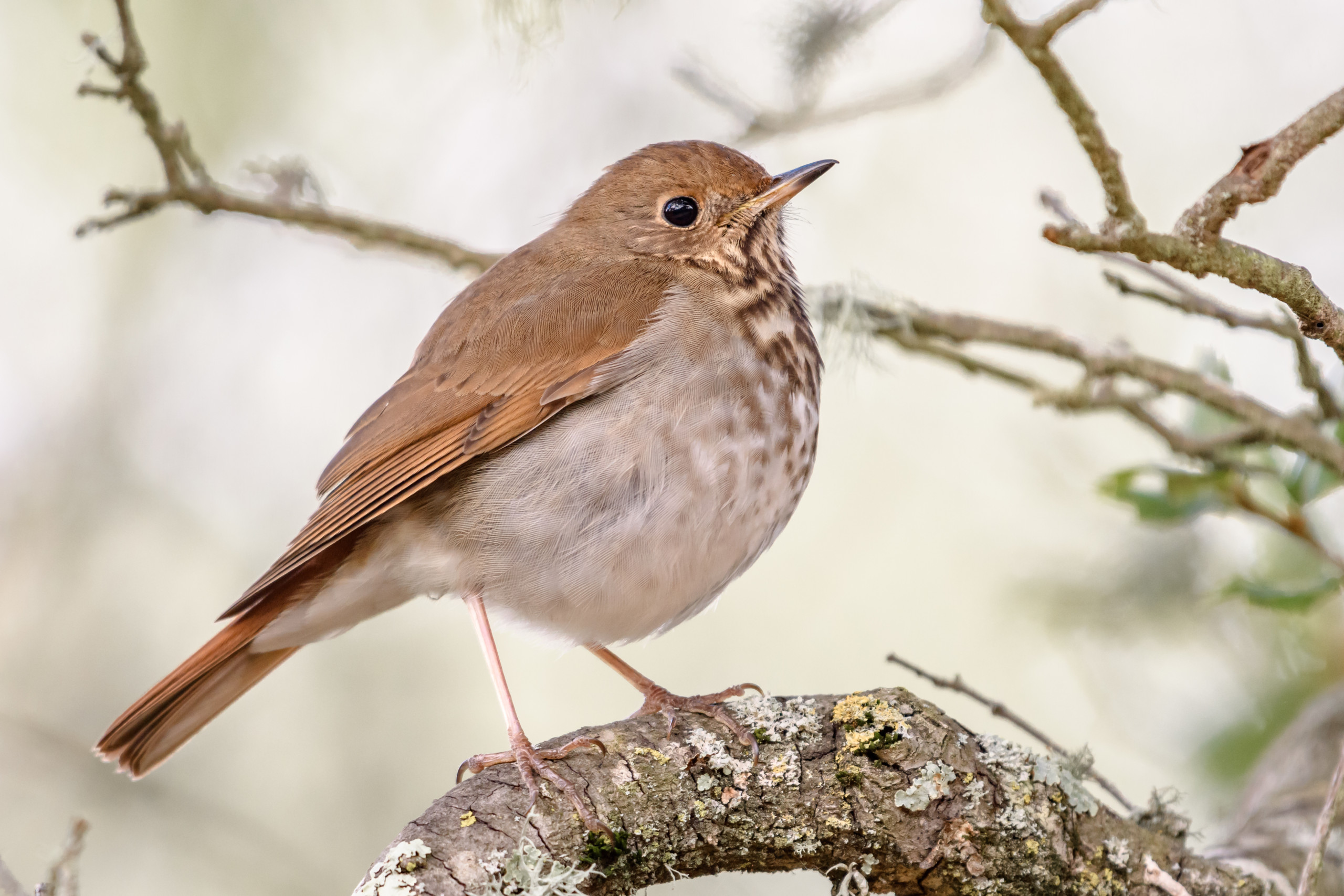
12. **Sexual Selection: The Game of Attraction and Survival**Hold onto your hats, because we’re entering the glitzy, dramatic world of sexual selection! This is a “special case of natural selection” that’s all about one thing: looking good enough to snag a mate and pass on your genes. It focuses on “any trait that increases mating success by increasing the attractiveness of an organism to potential mates.” Think of all those over-the-top displays you see in the animal kingdom – they’re often the result of sexual selection!
These “sexually favoured” traits are especially prominent and sometimes utterly wild in male animals. We’re talking about “cumbersome antlers,” super loud “mating calls,” “large body size,” or “bright colours” that scream ‘look at me!’ But here’s the paradox: these very traits, while attracting mates, often “attract predation, which compromises the survival of individual males.” It’s a high-stakes game where looking irresistible might also make you a target!
So, how do these seemingly risky traits stick around? It’s all about balance! The “survival disadvantage is balanced by higher reproductive success in males that show these hard-to-fake, sexually selected traits.” If you can survive *despite* those flashy antlers or vibrant blue skin (like the moor frogs whose “blue reflectance may be a form of intersexual communication” signaling “greater sexual and genetic fitness”), you’re proving you’ve got amazing genes, making you super desirable. It’s the ultimate biological flex!
This epic journey through the forces of evolution shows us just how mind-blowingly intricate and dynamic life on Earth truly is. From the tiniest tweak in a DNA sequence to the grand spectacle of natural selection shaping entire species, it’s a constant, never-ending story of adaptation, survival, and sometimes, just pure random chance. Evolution influences “every aspect of the form and behaviour of organisms,” leading to those “specific behavioural and physical adaptations” that help creatures find food, escape danger, or even cooperate through “mutually beneficial symbiosis.” And while we talked about big “macroevolution” (changes at or above species level) and small “microevolution” (within a species), remember they’re just different scales of the same amazing process – “Macroevolution is the outcome of long periods of microevolution.” So next time you see a creature perfectly suited to its environment, or marvel at the incredible diversity around us, remember the countless invisible forces that have been, and still are, hard at work, making life… well, life! Keep questioning, keep exploring, and stay curious about the world’s most epic saga!


